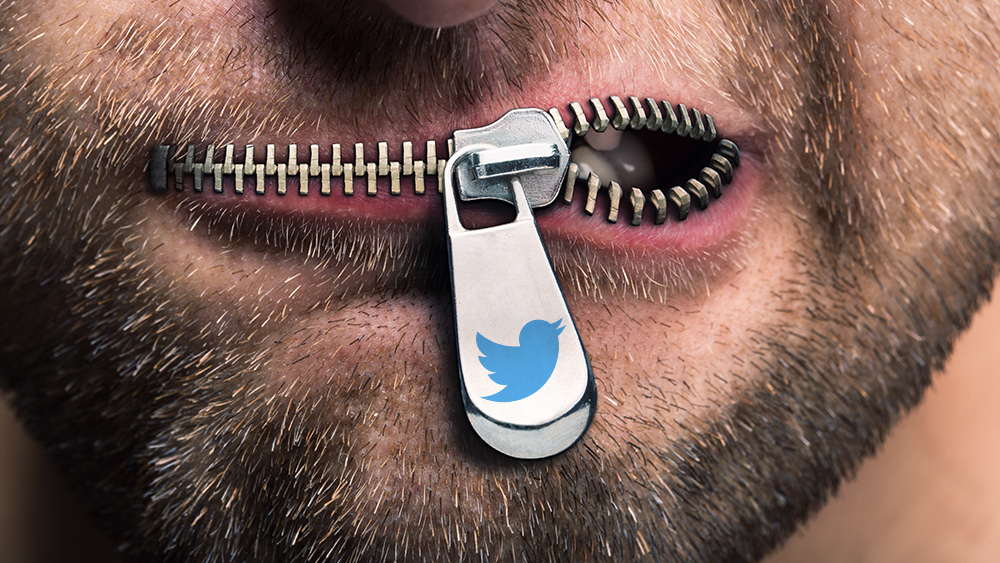 Parler
Parler Gab
Gab
Should you worry about AI and deepfakes?
Although AI and deepfakes don't seem harmful, they can actually be used for fraud and other cybercrimes in the wrong hands. Unfortunately, deep fakes are very easy to create because they have gone mainstream. With many advancements in AI, there are even more accelerated risks to plan for. Companies are especially vulnerable to deepfakes or what is often called disinformation campaigns during public offerings, merger and acquisition transactions and major organizational announcements because these present opportunities where fraudsters can cause havoc and impact a company’s reputation. Social engineering using deepfake methods can carry out targeted phishing attacks (spear phishing) to gain information and data. An attacker can also use AI technology for fraud and to siphon off financial resources. (Related: WARNING: AI-powered DEEPFAKE VOICE SCAMS are now coming for your bank balance.) The Massachusetts Institute of Technology (MIT) built a Detect Fakes website, which is a research project designed to identify techniques to counteract AI-generated misinformation and to advise companies on what to look out for in identifying deep fakes. Follow the tips below to help determine real from deepfake videos.- Look at the face. High-end deepfake edits are almost always facial transformations.
- Look at the cheeks and forehead. Does the skin look too smooth or too wrinkly? Is the aging of the skin similar to the aging of their hair and eyes? Deepfakes may be incongruent on some dimensions.
- Look at the eyes and eyebrows. Do shadows appear in places that you would expect? Deepfakes may fail to fully represent the natural physics of a scene.
- Look at the glasses. Is there any glare? Is there too much glare? Does the angle of the glare on the glasses change when the person moves? Deepfakes are unable to fully represent the natural physics of lighting.
- Look at the facial hair or lack thereof. Does the facial hair look real? Deepfakes might add or remove a mustache, sideburns, or beard. However, deepfakes may fail to make facial hair transformations look completely natural.
- Look at the facial moles. Does the mole look real?
- Look at the blinking. Does the person blink enough or too much?
- Look at their lip movements. Some deepfakes are based on lip-syncing. Do the lip movements look natural?
More related stories:
Former Google CEO presents 6-point plan to combat misinformation – just more ways to MONITOR and CENSOR people. AI anxiety is on the rise as computers get super smart. U.S. government using DEEPFAKES to wage psychological war on the public. Sources include: Metro.co.uk Instagram.com YouTube.com Media.MIT.edu Brighteon.comU.S. forces strike Hezbollah facilities in Iraq
By Richard Brown // Share
British army chief calls for creation of “citizen army” amid rising threat to the U.K.
By Richard Brown // Share
By News Editors // Share
Governments continue to obscure COVID-19 vaccine data amid rising concerns over excess deaths
By patricklewis // Share
Tech giant Microsoft backs EXTINCTION with its support of carbon capture programs
By ramontomeydw // Share
Germany to resume arms exports to Israel despite repeated ceasefire violations
By isabelle // Share










